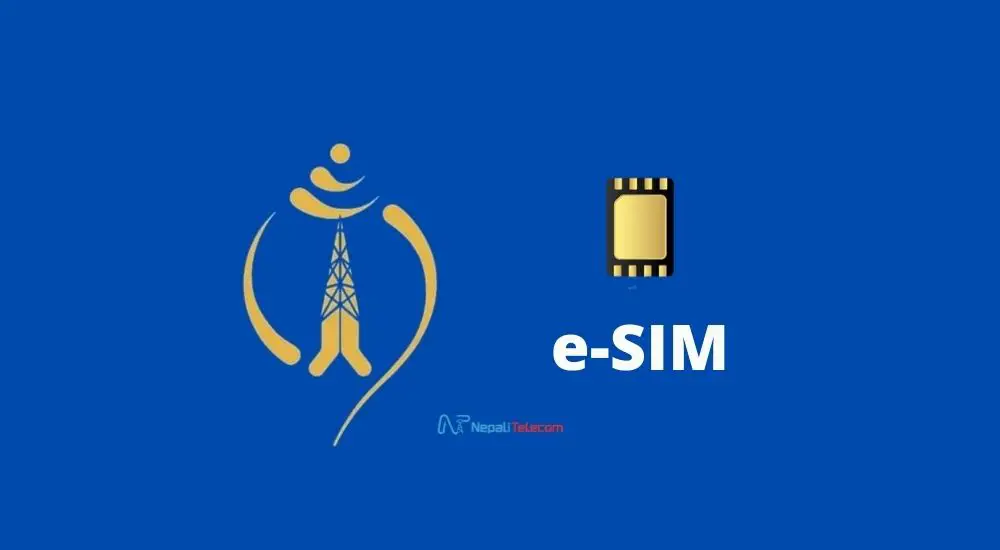
Nepal Telecom trialling eSIM service
Nepal Telecom is holding trials to launch its eSIM service which allows subscribers to use their mobile phones without inserting a physical SIM card into them. nepal telecom esim
The eSIM, short for embedded SIM, is built into the mobile set, and subscribers have to download software to activate it and link up with the network.
The virtual SIM also allows subscribers to switch from one mobile network to another without having to change the physical SIM card.
“We are currently in the trial phase. If things go as planned, we will make a commercial launch soon in our network,” said Shobhan Adhikari, spokesperson for the state-owned telecom giant.
Nepal Telecom says eSIM has several advantages like allowing customers to easily switch between service providers.
“It is a programmable SIM card that is embedded directly into a device,” said Adhikari. nepal telecom esim
Austria, Canada, Croatia, Czech Republic, Germany, Hungary, India, Spain, the United Kingdom and the United States, among other countries, offer eSIM services.
“Customers who travel frequently benefit from eSIM as they do not need to change their physical SIM continuously,” Adhikari said.
“The customer can replace the SIM card with an eSIM of the same number if their device supports the system.”
Hassles like plastic SIM cards being misplaced, lost or physically damaged are eliminated; eSIM also supports wearable devices.
Telecom officials say the benefits of adopting the eSIM technology include an increase in reliability in comparison to the physical SIM card.
According to experts, eSIM has less chance of mechanical failure and it can be used in several devices, even very small ones.
“Users of wearable smart devices like smartwatches that support eSIM can benefit from the new service,” Adhikari said.
The physical SIM which communicates with the mobile network is programmed with the user’s information. With the eSIM, users download their profile to the device by using the software. But not all phones currently support eSIM.
The devices that support eSIM are iPhone 13, 12 and 11 series; iPhone XS, iPad Pro 1st, 2nd, 3rd and 4th generation; iPad Air 3rd and 4th generation; different variants of Samsung Galaxy series, including the folded one; and Google Pixel 2 and later. Wearable devices of Apple and Samsung also support eSIM.
In April 2022, Nepal Telecom signed an agreement with Monty UK Global Limited to provide an eSIM platform.
“Nepal Telecom had planned to launch the eSIM in mid-July, but the trials were delayed,” said Adhikari.
Both 5G and eSIM are widely being adopted by industry stakeholders worldwide. Nepal Telecom is all set to begin the country’s first 5G technology trials by this year.
“The eSIM is secure. There will be no security issues in the new technology,” said Adhikari. “The customer can add or remove operators without the need to physically swap a SIM from the device.”
However, once the eSIM comes into implementation, customers will have to visit a Nepal Telecom outlet and fill out a know your customer (KYC) form.
The company has not fixed the tariff. “Since we are in the trial phase, we have not finalized the charges,” said Adhikari.
According to the management and information system report of the Nepal Telecommunications Authority, out of the 40.88 million mobile voice telephone service users in the country, Nepal Telecom counts 21.69 million users.
About Nepal Telecom esim
In Nepal start of telecommunication service can be traced back to B.S. 1973. But formally telecom service was provided mainly after the establishment of MOHAN AKASHWANI in B.S. 2005. Later as per the plan formulated in the First National Five year plan (2012-2017), Telecommunication Department was established in B.S. 2016. To modernize the telecommunications services and to expand the services, during the third five-year plan (2023-2028), Telecommunication Department was converted into Telecommunications Development Board in B.S. 2026.
After the enactment of the Communications Corporation Act 2028, it was formally established as a fully owned Government Corporation called Nepal Telecommunications Corporation in B.S. 2032 for the purpose of providing telecommunications services. After serving the nation for 29 years with great pride and a sense of accomplishment, Nepal Telecommunication Corporation was transformed into Nepal Doorsanchar Company Limited (NDCL) from Baisakh 1, 2061. Nepal Doorsanchar Company Limited is a company registered under the Company Act 2053. However, the company is known to the general public by the brand name “Nepal Telecom”as its registered trademark.









